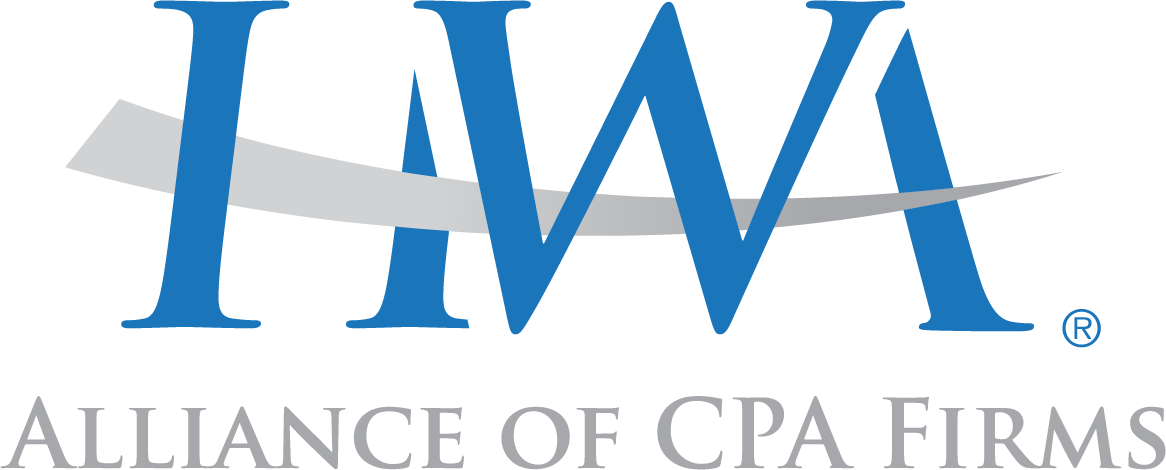Identifying Accidental Fraudsters and the Fraud Triangle in Non-profit Organizations

Photo from Unsplash by Towfiqu barbhuiya
Maintenance of transparency and trust with donors and stakeholders is crucial in the realm of nonprofit organizations. However, non-profits’ vulnerability to fraud can present challenging issues. This article explores the fraud triangle concept and its application in non-profit environments, including insights, examples, and fraud detection and prevention techniques. Non-profits may protect their integrity and guarantee that their resources are allocated to their noble purposes by being aware of the circumstances that result in fraud and putting strong preventive measures in place. Protecting non-profits against unintentional fraudsters and maintaining accountability in these crucial organizations is a shared responsibility.
Introduction to Fraud in Non-profit Organizations
Fraud can take many forms in non-profit organizations, including embezzlement, misappropriation of funds, and falsifying financial statements. The consequences of fraud can be severe, from financial loss to damage to an organization’s reputation. Non-profit organizations have a responsibility to their donors and stakeholders to maintain proper financial controls and transparency, as well as to prevent and detect fraud.
Understanding the Fraud Triangle
The fraud triangle is a concept developed by criminologist Donald Cressey that explains the three elements that must be present for fraud to occur. These elements are opportunity, rationalization, and pressure.
Opportunity refers to the ability of an individual to commit fraud. This could be due to a lack of internal controls or oversight, or access to sensitive information or assets.
Rationalization refers to the justification an individual makes to themselves for committing fraud, such as feeling entitled to the money or believing that they can pay it back later.
Pressure refers to the reason an individual feels the need to commit fraud, such as financial hardship or addiction.
The Three Elements of the Fraud Triangle
Opportunities, rationalization, and pressure all interact to place non-profit organizations in dangerous circumstances. A staff member with access to donor funds, for instance, might be going through a financial crisis and feel justified in stealing some of the cash for personal use. The absence of internal controls and oversight gives the employee the chance to commit fraud undetected. The employee might then defend their behavior by telling themselves they will pay the money back later.
How the Fraud Triangle Applies to Non-profits
Non-profit organizations are particularly susceptible to fraud as they often employ few employees and depend on volunteers or part-timers to perform essential duties. This lack of resources can lead to a lack of internal controls and oversight, which creates opportunities for fraud.
Exposing Fraud in Non-profit Organizations
If you suspect that fraud is occurring within a non-profit organization, it is essential to report it immediately. You can report suspected fraud to the organization’s board of directors or to an independent auditor. It is also possible to report fraud anonymously through the organization’s whistleblower hotline or to a regulatory agency such as the IRS or state attorney general.
Preventing and Deterring Fraud in Non-profits
Preventing and deterring fraud in non-profit organizations requires a multi-faceted approach. This includes:
· Establish strong internal controls and policies
· Conduct regular audits and reviews
· Provide training to staff and volunteer on fraud prevention and detection
· Implement a whistleblower hotline
· Conduct background checks on staff and volunteers
Conclusion
Non-profit organizations play a vital role in society, and it is essential that they maintain the trust and confidence of their donors and stakeholders. By understanding the fraud triangle and taking steps to prevent and detect fraud, non-profit organizations can promote transparency and accountability and ensure that their resources are being used effectively to achieve their mission. By understanding the fraud triangle and implementing robust preventive measures, valuable resources can be protected, and transparency maintained.
Defend your Organization Today against Fraud!
Are you confident that your organization is immune to the subtle risks of accidental fraud? Don’t wait until the consequences unfold – empower your nonprofit with a Fraud Risk Assessment from HWA Alliance of CPA Firms, Inc. Our experts delve deep into your internal processes, scrutinize your controls, and uncover vulnerabilities that could leave you susceptible to both intentional and accidental fraud. Our comprehensive assessment will provide you with a clear picture of your organization’s fraud risk profile, enabling you to proactively implement targeted strategies to prevent potential threats.
Bolster your organization’s financial health, reputation, and ethical integrity, don’t leave it to chance. Contact HWAA today to schedule a Fraud Risk Assessment and embark on a journey toward fortified defenses and unwavering integrity. Your organization’s future deserves nothing less.

